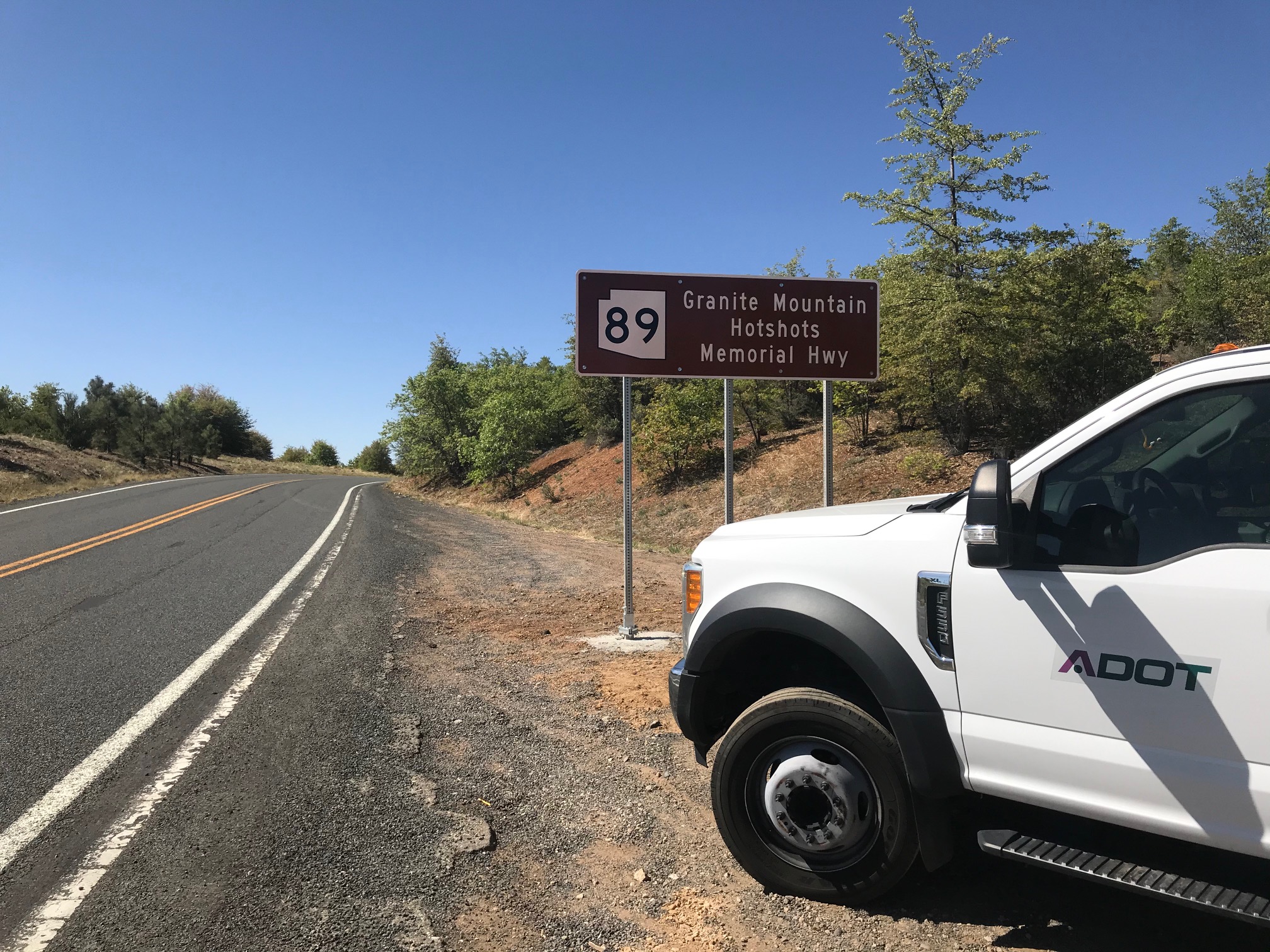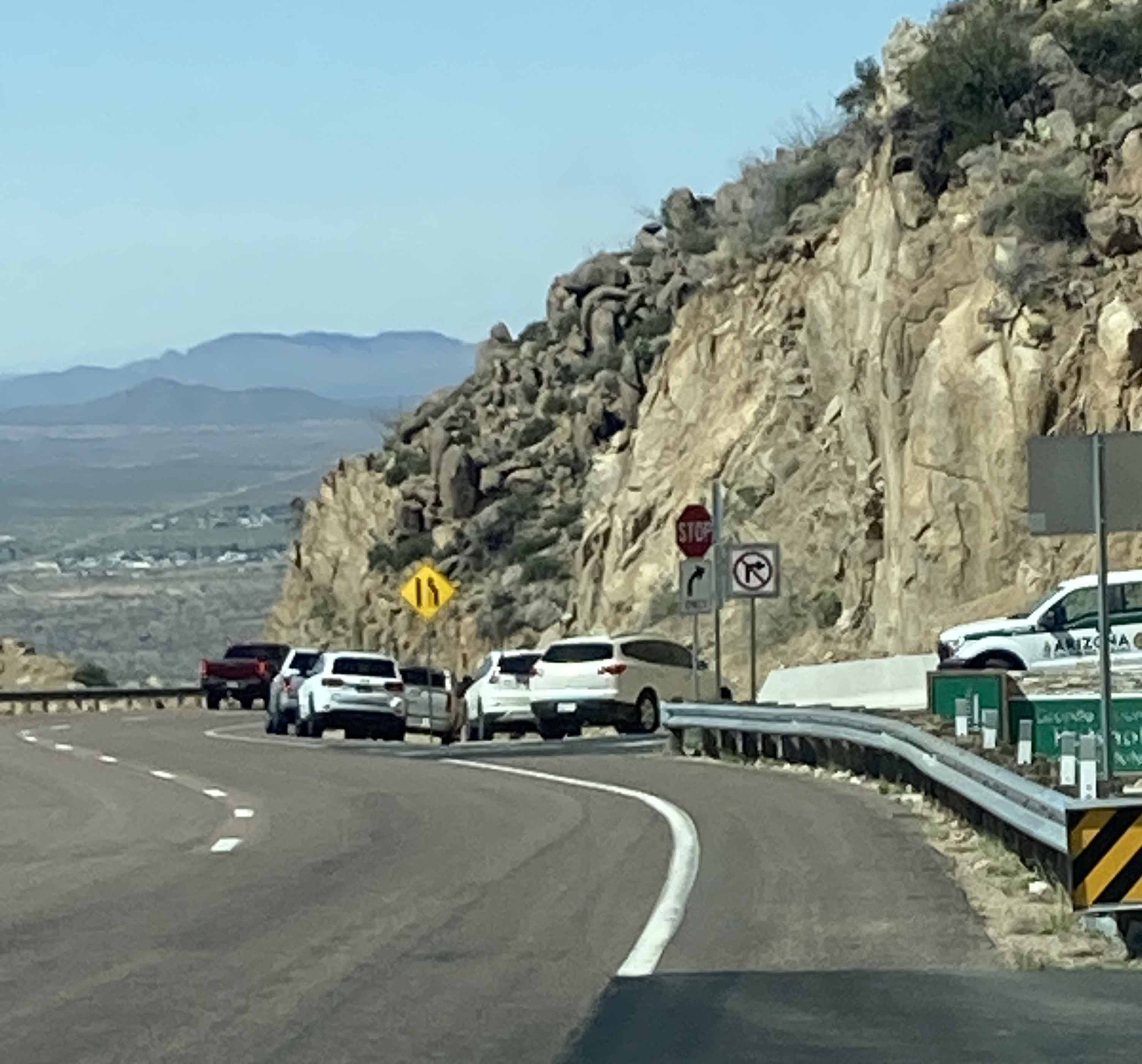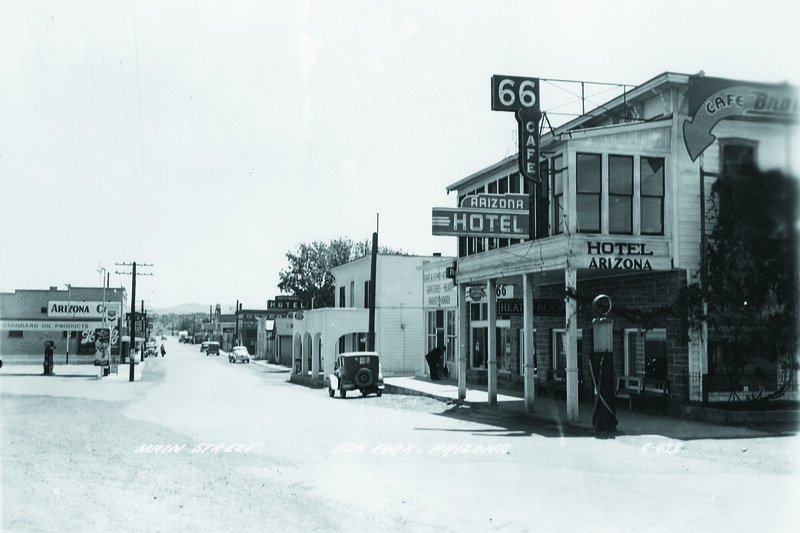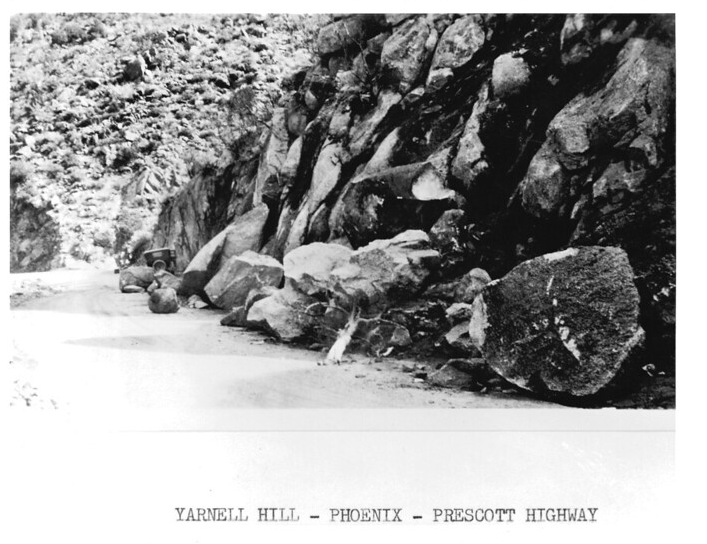ADOT completes safety improvements to SR 89 in Yarnell
ADOT completes safety improvements to SR 89 in Yarnell
ADOT completes safety improvements to SR 89 in Yarnell
ADOT completes safety improvements to SR 89 in Yarnell
New lane configuration benefits pedestrians and drivers
PHOENIX – The Arizona Department of Transportation has completed a project designed to slow traffic and eliminate lane changes on State Route 89 in Yarnell as part of a collaboration with the Yavapai County community to enhance safety for pedestrians and drivers.
The main safety feature of the project reconfigured the roadway with new lane striping that only allows one lane of traffic in each direction plus a center turn lane. In addition to eliminating a small number of parking spaces along the roadway, this configuration improves visibility for drivers and pedestrians while slowing traffic.
ADOT made the changes after a roadway safety assessment and public input process that began in 2022. A multidisciplinary team of traffic safety engineers and other specialists analyzed past crashes, current roadway uses and configurations along a two-mile section of SR 89 in Yarnell to offer recommendations.
ADOT administered a community survey and held a community meeting earlier this year at which residents and businesses shared concerns about and suggestions for SR 89, which serves as Yarnell’s main street.
Other safety enhancements began in 2022, with ADOT installing new speed limit signs and additional pedestrian crossing signs that are more visible during daytime and nighttime hours. The signs were installed for both northbound and southbound traffic approaching Yarnell on SR 89.
The recently completed project also included removing the top layer of pavement and replacing it with a new chip-seal surface.
While the major work on the project is complete, drivers should expect limited restrictions in September while crews install permanent lane markings.





